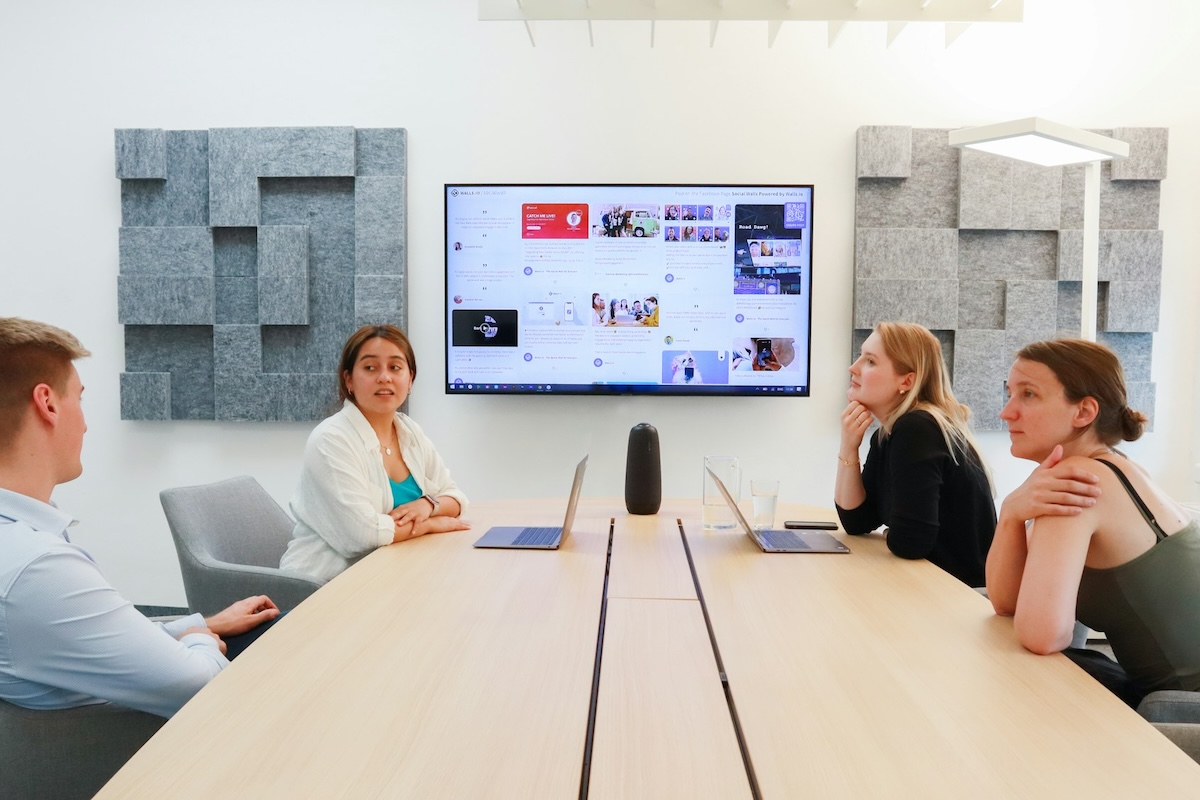Skift Take
Sales pipeline and community engagement aren't inherently at odds. When the balance is right, companies can successfully foster, support and monetize communities that positively affect their profits.
Community as a buzzword has been flying around events for a few years. The Covid pandemic reinforced the value of online communities as a way to stay connected while physically distant.
One of the voices exuding the value of communities is Liz Lathan, the co-founder of The Community Factory, a startup offering community-as-a-service (CaaS). Yet, when push comes to shove, Lathan points out that pipeline is the ultimate goal of companies building communities. “Coming from a 20-year corporate background, everything has always been about pipeline and revenue and tying it [together],” she said.
Join us as we explore this fascinating topic with Liz Lathan at the “Future of the Events Industry 2024” virtual summit, live and online, on Wednesday, February 28, from 11 am to 1 pm (ET).
Lathan points to the Covid pandemic as the motivator for a rush towards communal activities as an antidote to the loneliness epidemic. However, a reality check is needed. ”We’ve now scared the community people away by then surprising them that we’re going to try to sell to them,” she adds.
But sales pipeline and community are not contradictory; they simply raise questions about the ideal model and monetization process. Ultimately, companies want to develop or invest in communities that impact the bottom line. How to do so is a subject of much debate.
“I don’t think that community and pipeline are mutually exclusive. I think that people that join a community know that they have to pay for those services,” said Lathan.
Effective engagement directly contributes to a healthy pipeline and vice versa. The challenge is finding the delicate balance of monetizing community engagement without alienating members. Monetization must respect the values of the members and enhance the overall experience.

Ideally, monetizing should create value for the community. After all, monetization efforts seen to be enhancing member experience rather than detracting from it will go down better. This is what Lathan calls “taking the slime out of sales.” The benefits to sponsors should also be unique, value-driven experiences that align with member values.
When the two sides align, community and pipeline work together. “You do business with people you know, like and trust. So that’s what community is trying to build to lead us down that path. And so it’s still sales, and it’s still pipeline, but it’s not a business card exchange and adding me to a mailing list,” said Lathan.
Regardless of the way a community is monetized, transparency is essential. Open communication about the objectives of activities and their role in sustaining the business is crucial, as is engaging members in meaningful ways beyond transactional interactions. Members should be considered key stakeholders, and owners should be committed to building long-term relationships. Conversely, managers should make clear to members how their contributions support the community, particularly in terms of event funding and the provision of services.
It’s not a one-size-fits-all situation. Different approaches to engagement and monetization exist, such as events, memberships, and sponsorships. Regardless of the chosen approach, gathering feedback and adapting the approach are both crucial. If community managers can test different monetization and engagement strategies, they will know what resonates. Ultimately, the goal is to drive business growth in a sustainable, member-focused manner.
Photo credit: Walls.io / Unsplash





